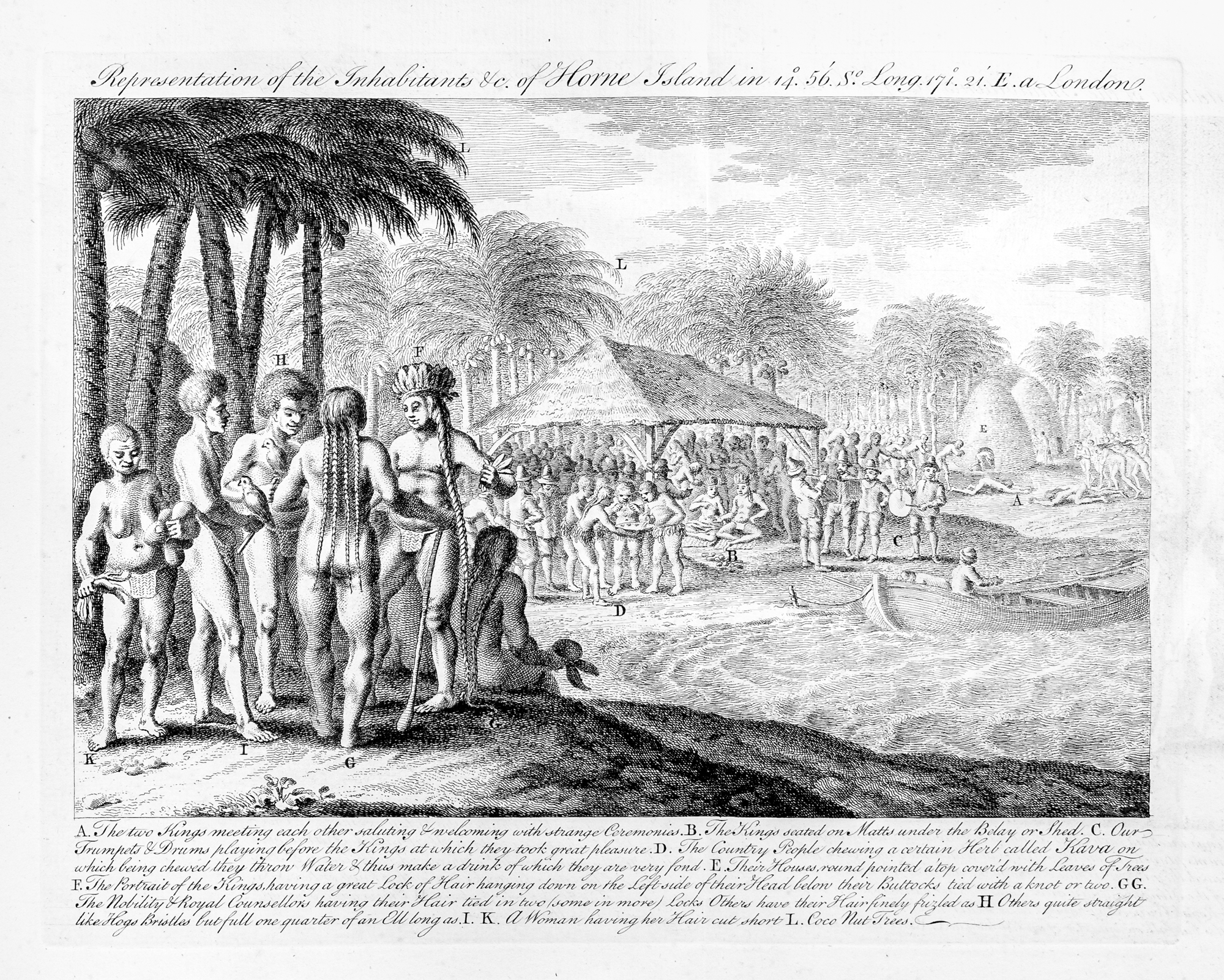In 1765 Alexander Dalrymple returned to London from Madras and was elected as a Fellow of the Royal Society, England’s foremost scientific body. In 1767 he published An Account of the Discoveries Made in the South Pacific Ocean prior to 1764. In this he described the Torres Strait south of New Guinea which he had read about in 1762 in captured Spanish documents - information which was used by Cook on his first voyage (1768-1771). It also described voyages made by the Dutch and Spanish and set out his strong belief in the existence of a Great Southern Continent.
In 1768 the Royal Society was planning an expedition to Tahiti to observe the transit of Venus and explore the Pacific Ocean. Dalrymple had hoped to be given command of this expedition but was passed over and the job was given by the Admiralty to Lieutenant James Cook in the Endeavour.
Dalrymple published his major work in 1770 - A Historical Collection of Several Voyages and Discoveries in the South Pacific - again predicting the existence of a Great Southern Land. The book describes the geography and hydrography of the lands visited and the customs of the native people as recorded in the journals of Spanish explorers.
Even when Cook returned from his first voyage in 1771 and reported the discovery of the east coast of Australia, Dalrymple was still not convinced that this was the Great Southern Continent and was reported as saying that "Cook had not tried hard enough ". Thus Dalrymple became a strong proponent of James Cook’s second voyage (1772-1775) aimed at proving once and for all whether such a continent existed. By sailing further south than anyone had before, and touching on the Antarctic several times, Cook proved that this was not the case and Dalrymple was wrong.
In 1775 Dalrymple returned to Madras and in 1779 became hydrographer to the British East India Company and published over 500 charts and sketches. In 1795 he was appointed as the first hydrographer at the Admiralty and set up the system of Admiralty charts still in use today. He was a strong believer in the existence of a Great Southern Continent well before James Cook confirmed this in the Endeavour on his first voyage 1768-1771. Dalrymple took exception to the way John Hawkesworth edited the journals of Cook's first voyage and set out his objections in an open letter.
Dalrymple was strongly opposed to the establishment of a penal colony at Port Jackson claiming it would become a centre for illegal trade. Fortunately his opinions on this were ignored by the authorities.
Alexander Dalrymple was argumentative and opinionated and was dismissed several times by the Admiralty and the British East India Company. He was also intelligent and energetic and made a significant contribution to hydrography and the charting of the coastlines of many areas of interest to the British Empire.

